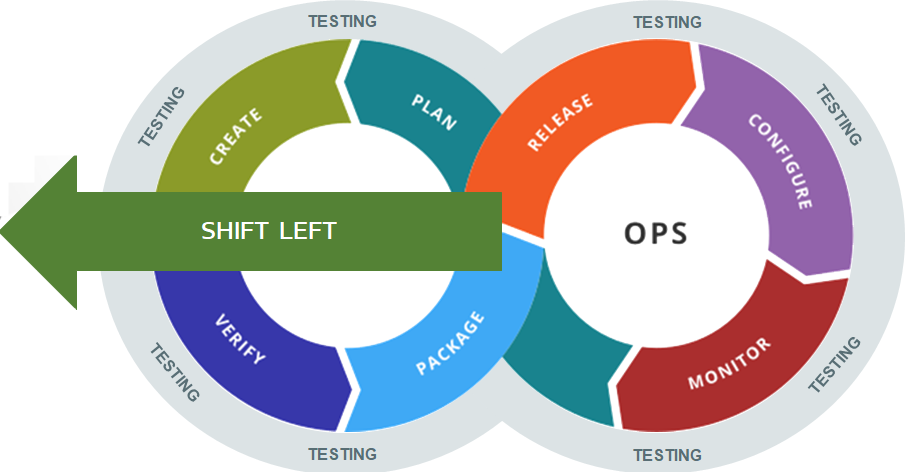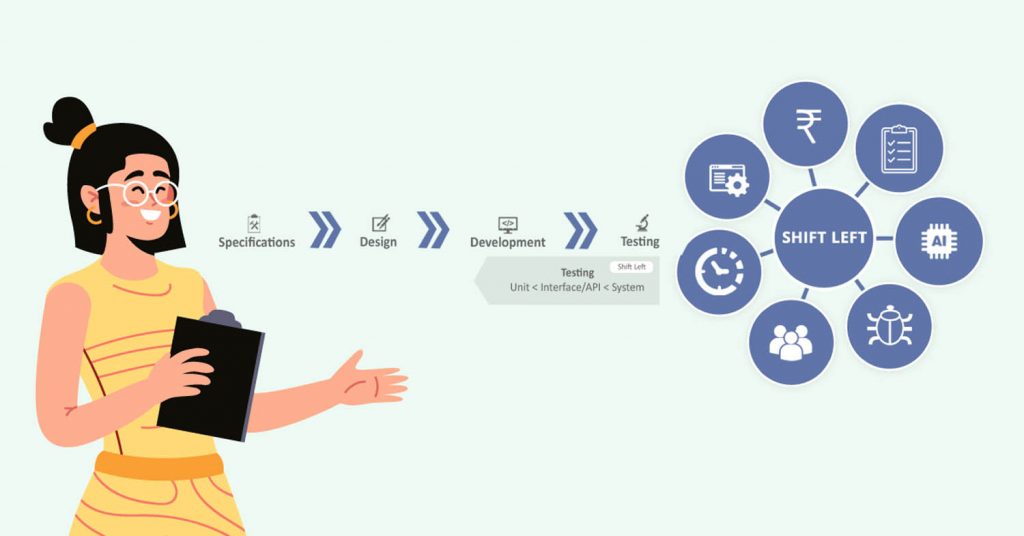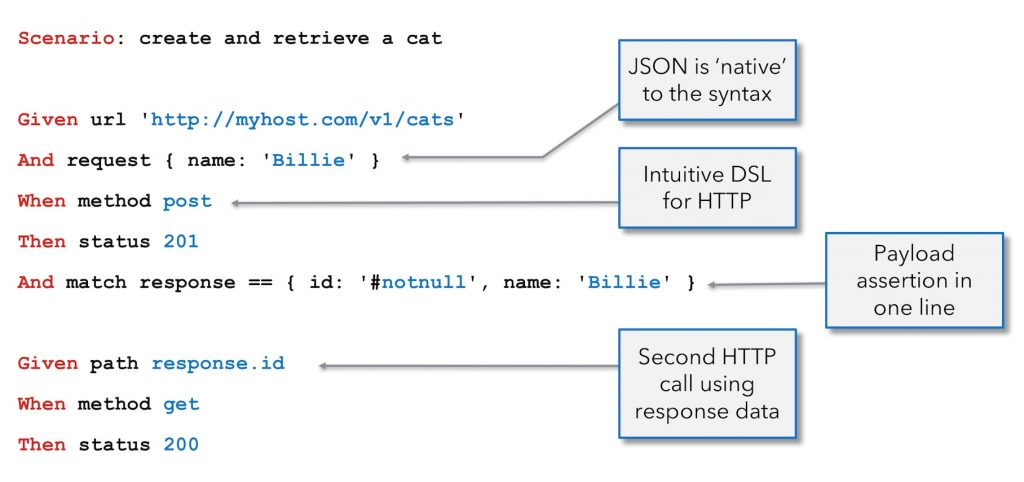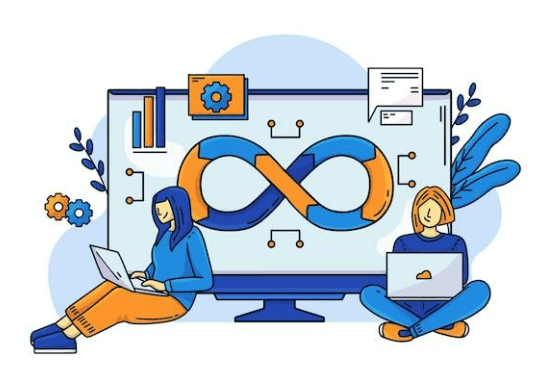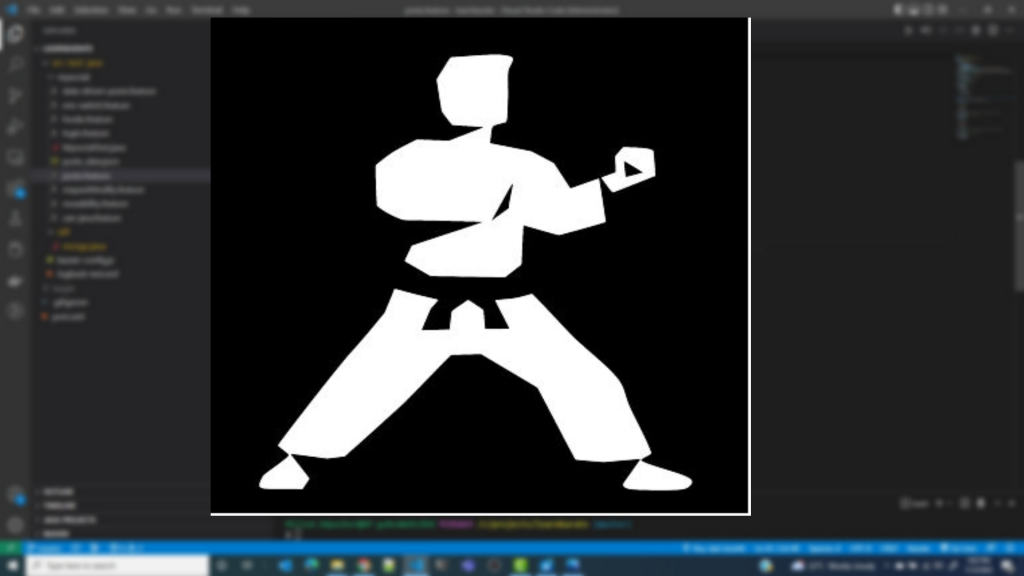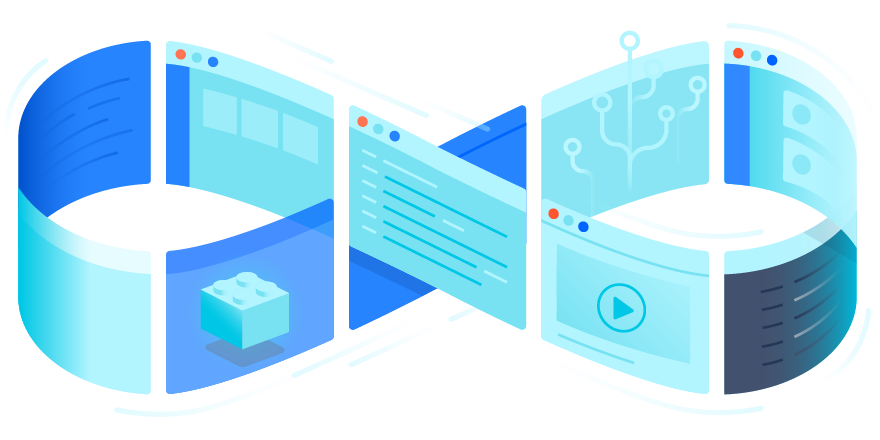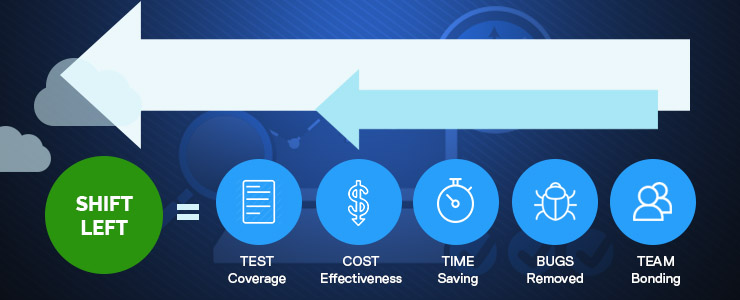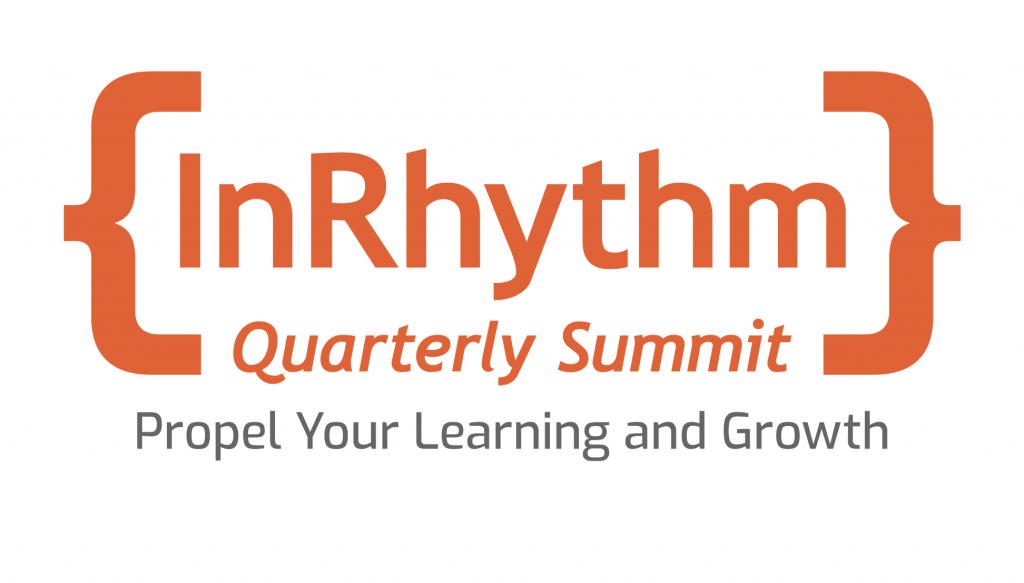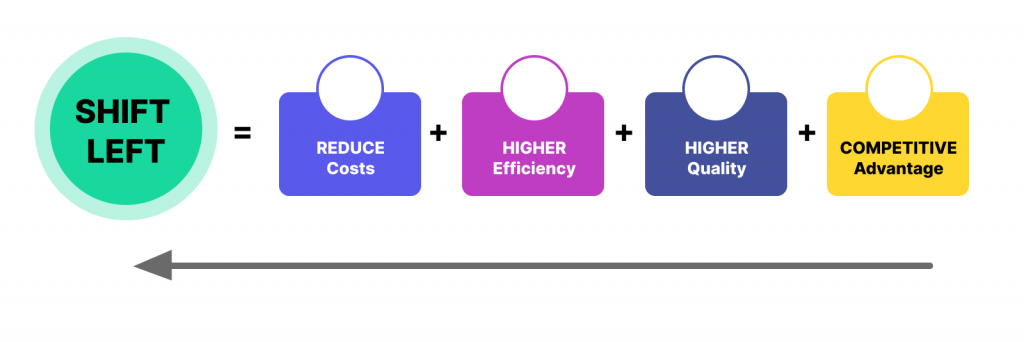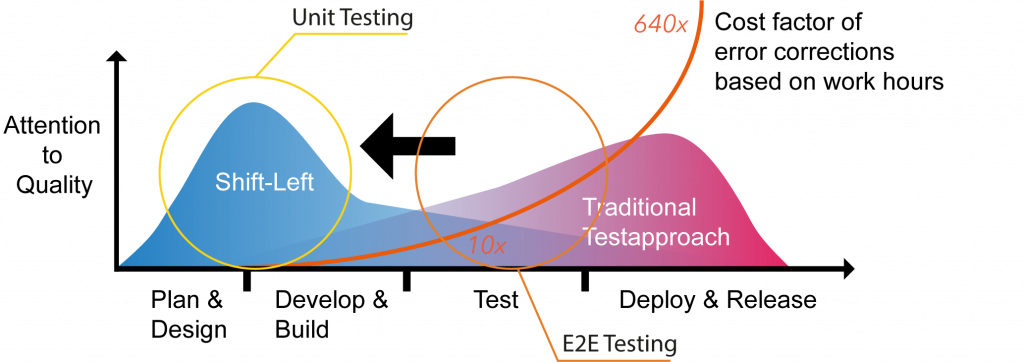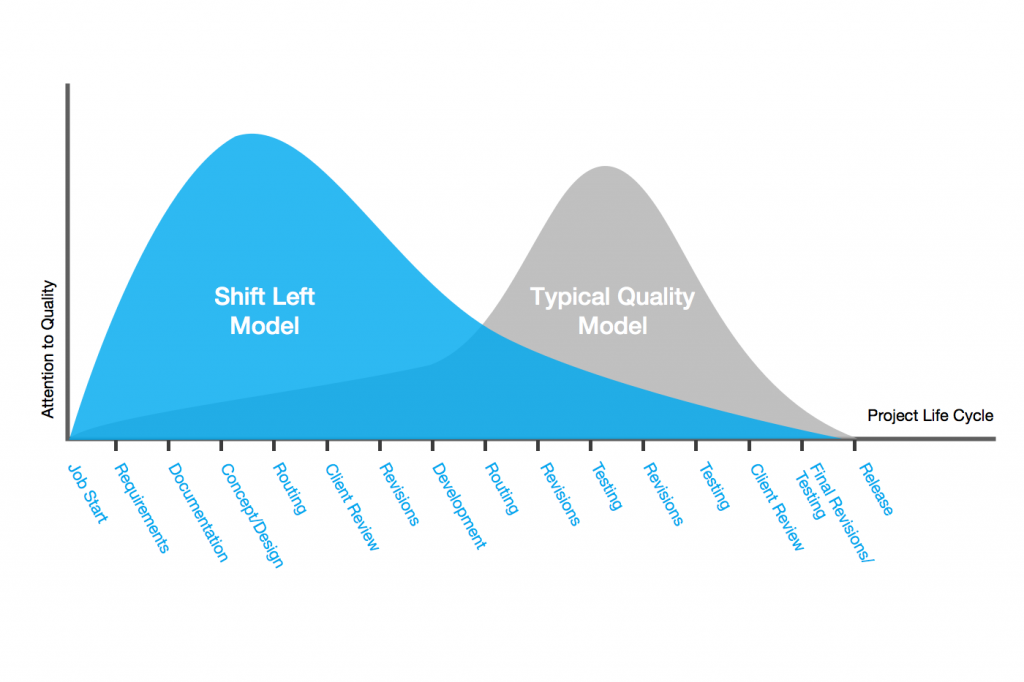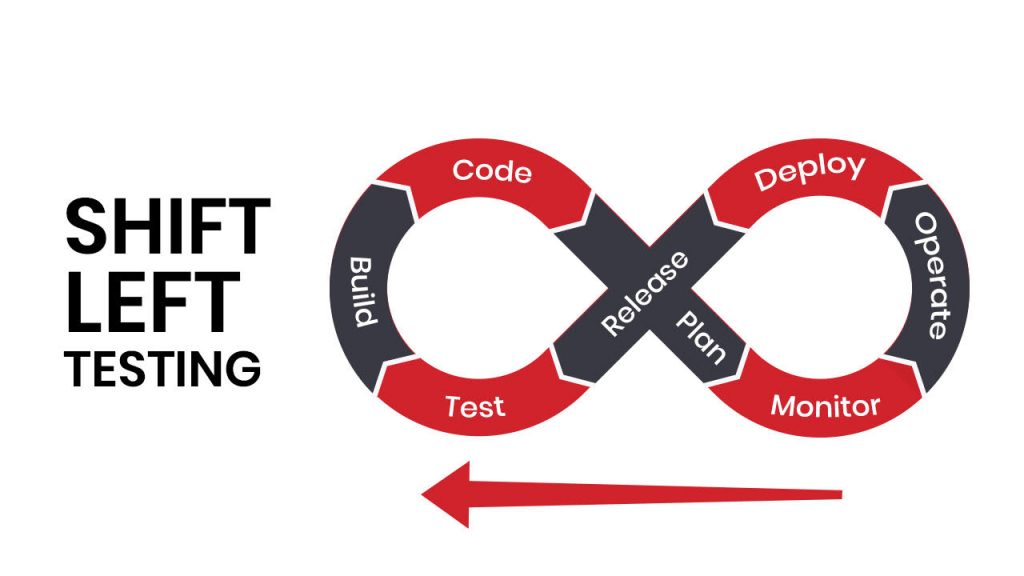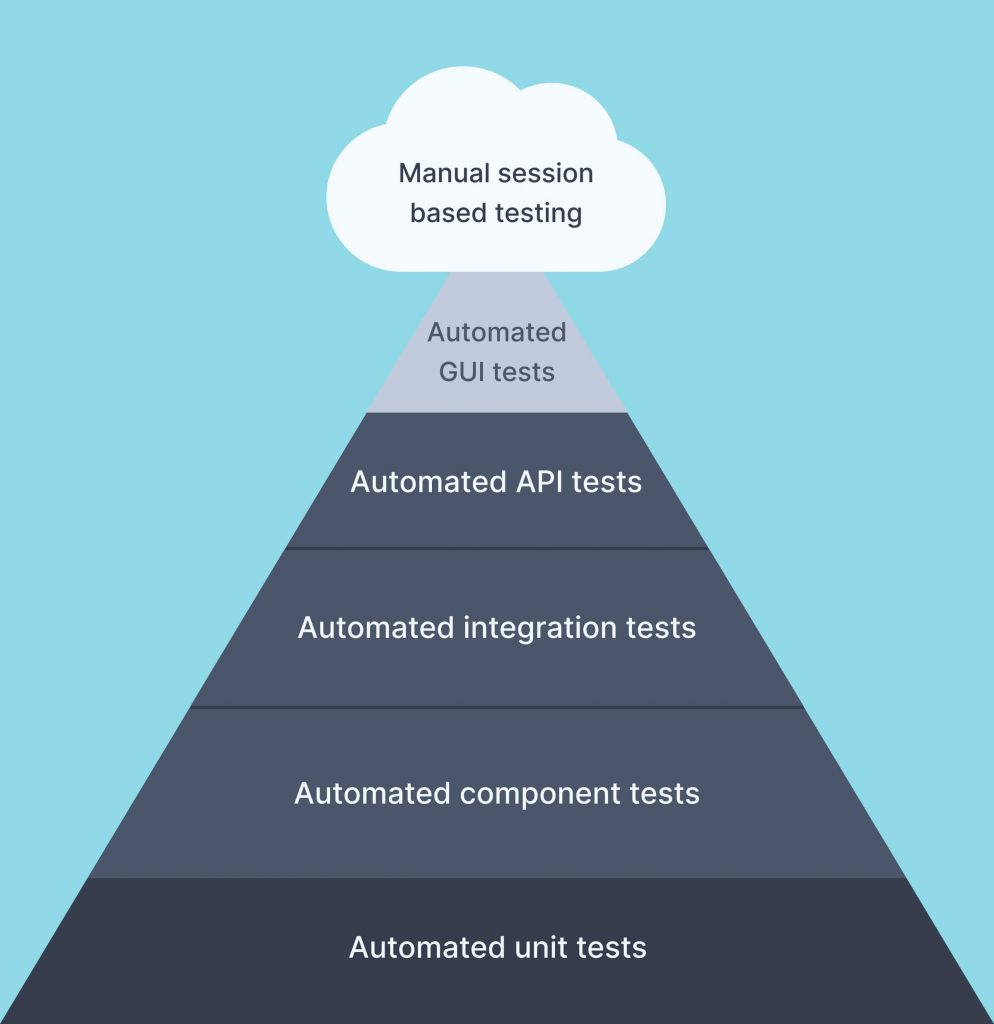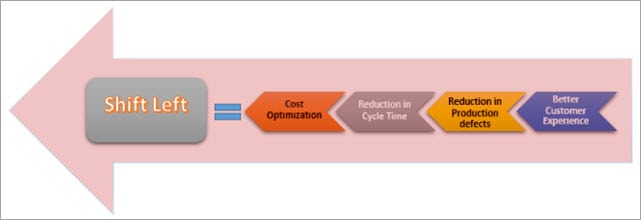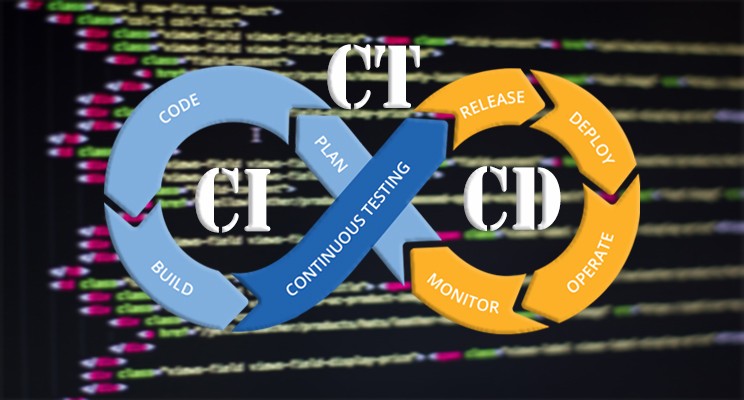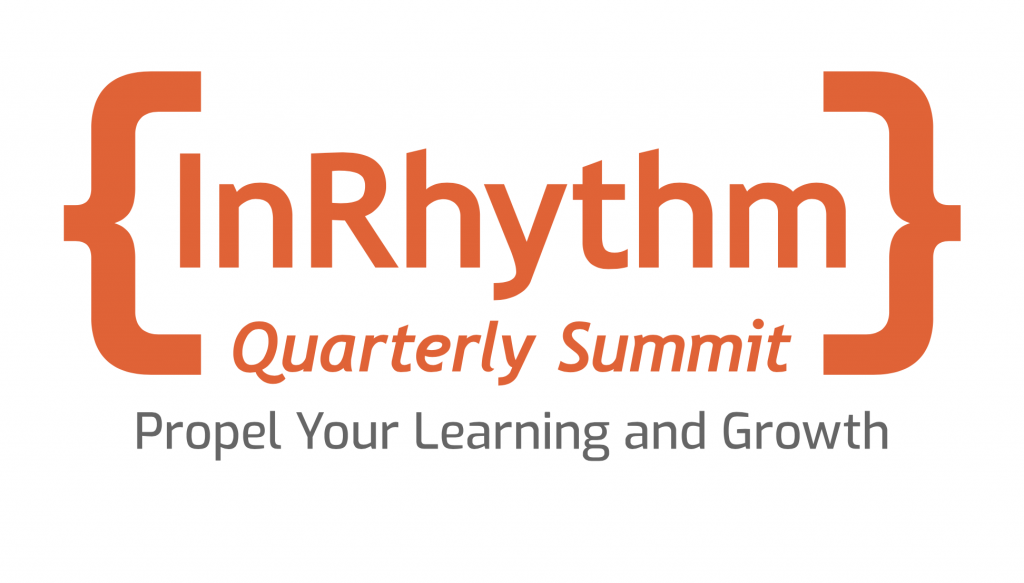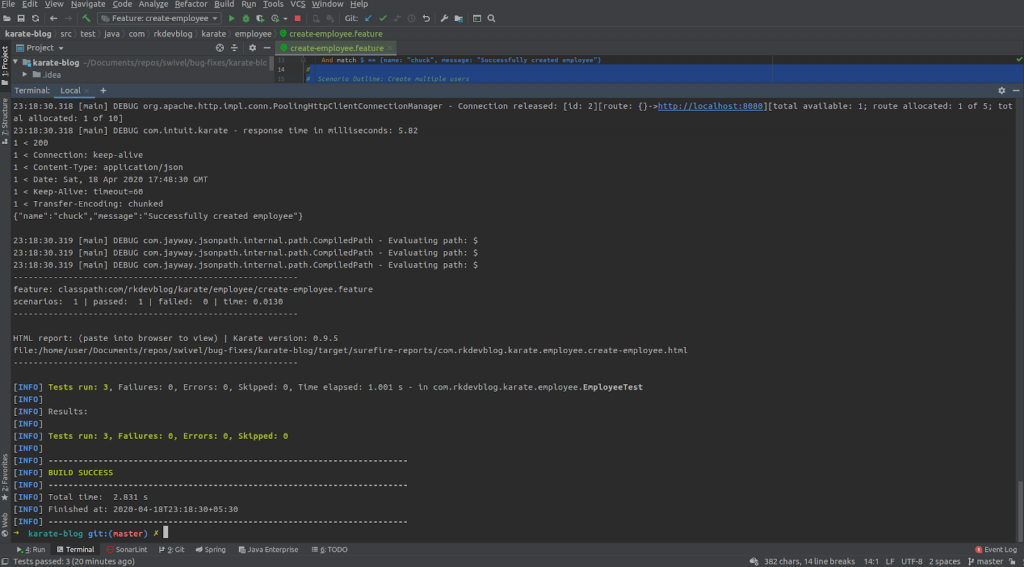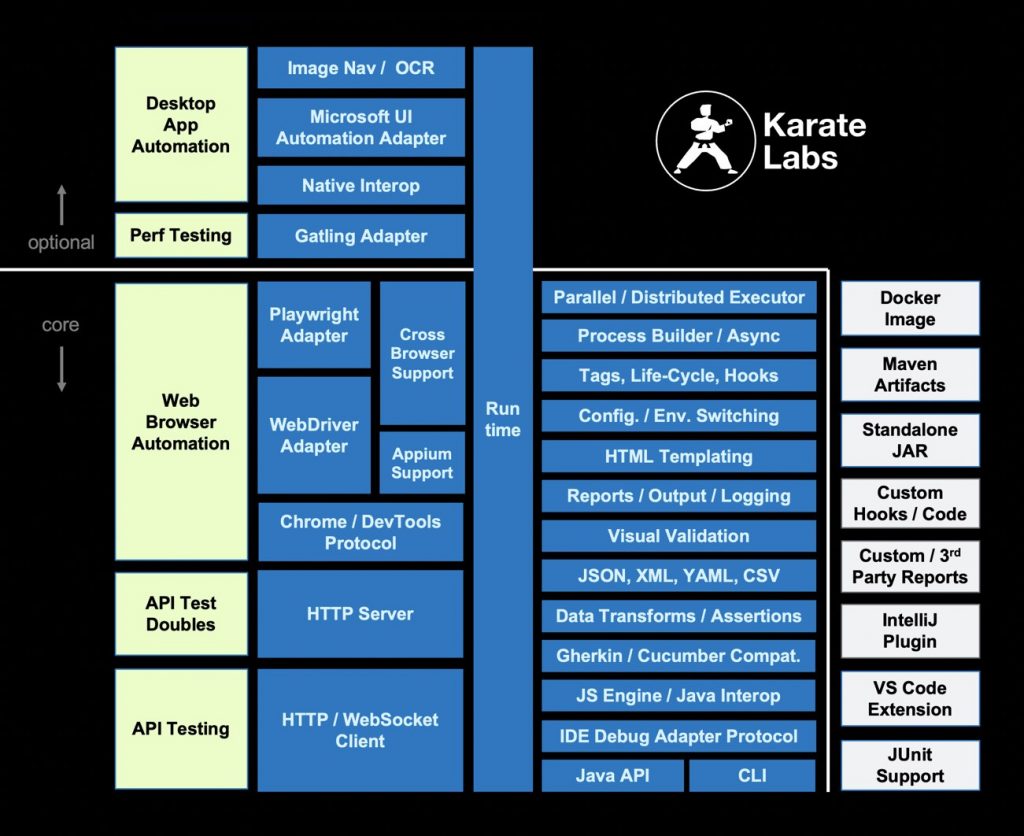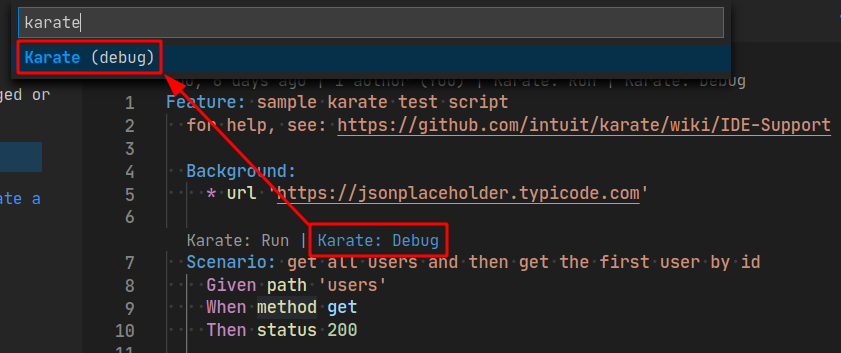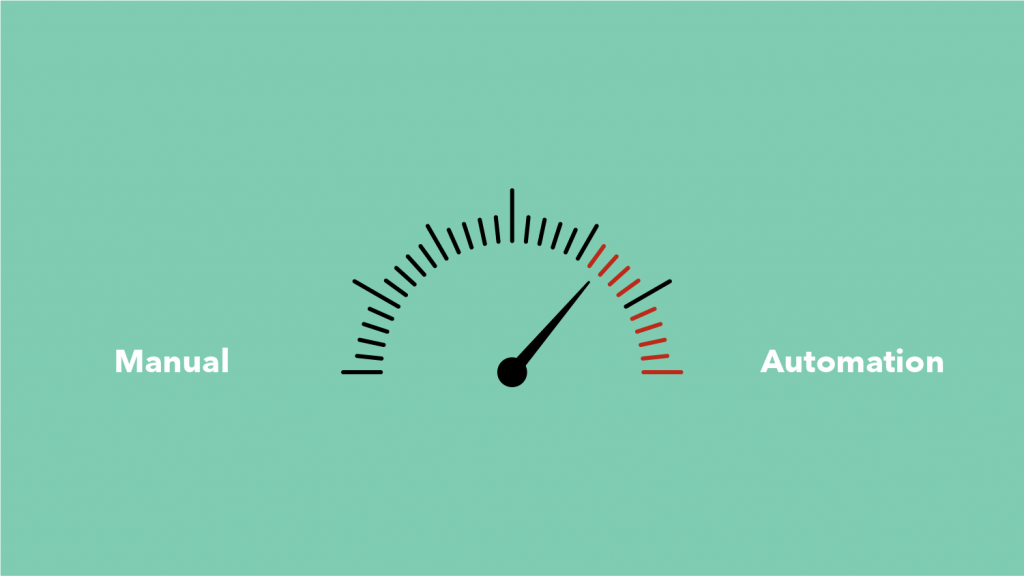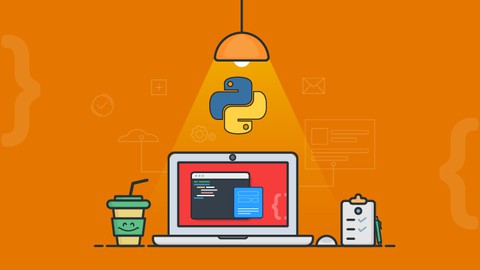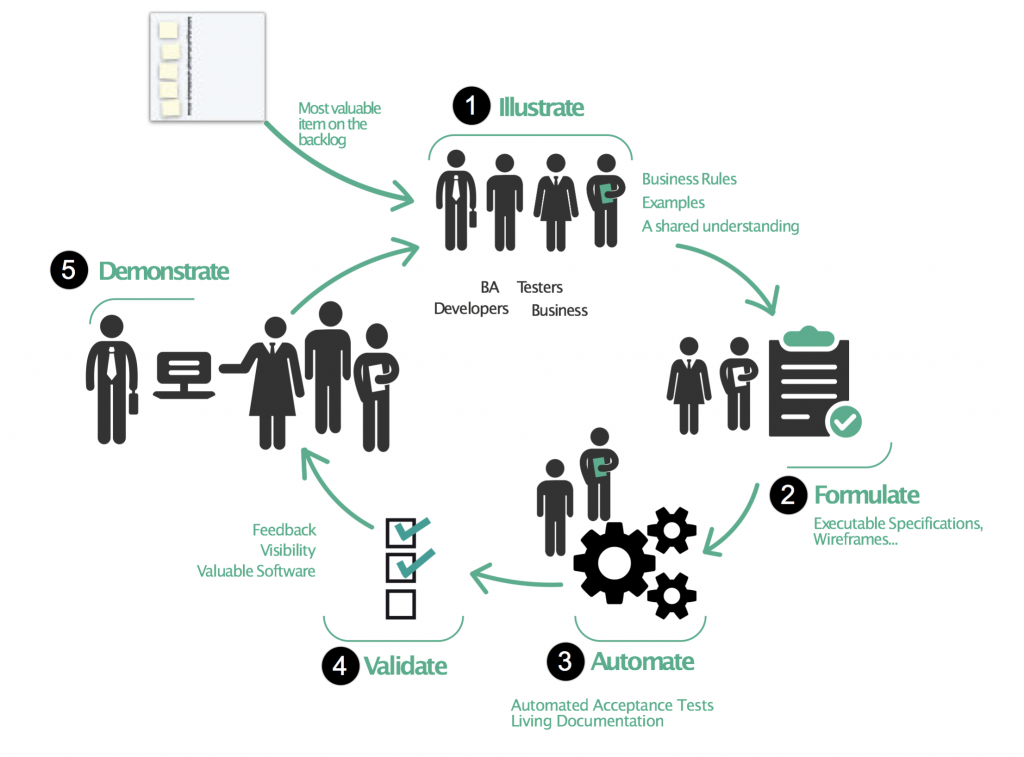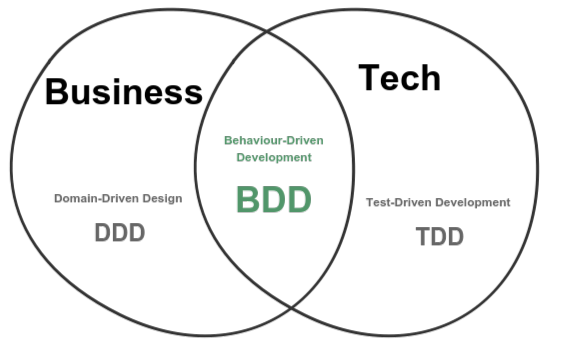Based on a Lightning Talk by: Vidal Karan, Lead Software Engineer In Test @ InRhythm on August 24th 2023, as part of this summer’s InRhythm Propel Summit 2023
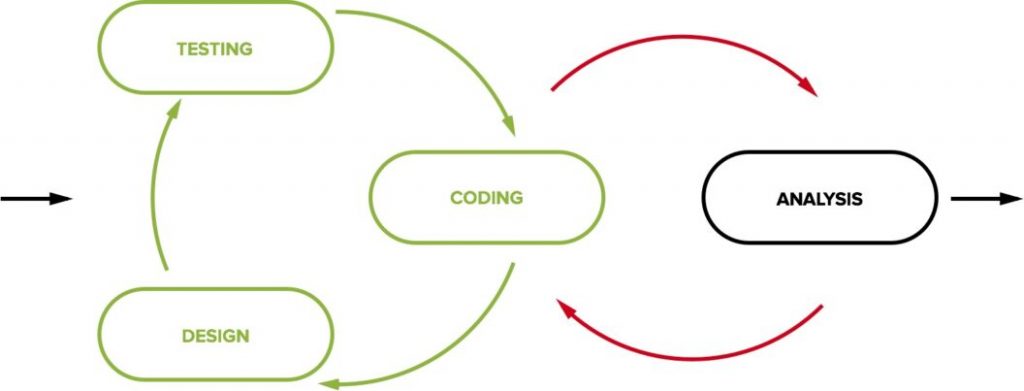
Overview

In a world of ever-evolving technology, staying ahead requires more than just keeping pace; it demands a commitment to continuous learning and growth. At InRhythm, we embrace this philosophy wholeheartedly, which is why we’re excited to introduce the InRhythm Propel Summit, a platform dedicated to propelling software engineers to new heights of knowledge and expertise. This summit serves as a testament to our unwavering commitment to learning, fostering innovation, and shaping the future of tech.
As part of the InRhythm Propel Summit, we’re thrilled to present the Software Development Engineer in Test (SDET) Workshop, a spotlight on cutting-edge testing practices that are revolutionizing the way we ensure software quality. Led by the insightful and experienced Vidal Karan, this workshop promises to unravel the world of Behavior-Driven Development (BDD) testing and showcase its transformative impact on the software development landscape:
- Overview
- The Essence Of Behavior-Driven Development (BDD)
- Embracing Growth Through The InRhythm Propel Summit
- Closing Thoughts
The Essence Of Behavior-Driven Development (BDD)

Software development is a complex tapestry, interwoven with intricate code, intricate features, and even more intricate users’ needs. This is where BDD comes into play – a testing methodology that centers around ensuring not just functional correctness, but also aligning software behavior with end-users’ expectations. By enabling collaboration between developers, testers, and domain experts, BDD serves as a powerful bridge, translating high-level business requirements into executable tests.
At its core, BDD fosters a shared understanding among all stakeholders, eliminating ambiguity and streamlining communication. Instead of traditional testing that revolves around checking if a feature works, BDD focuses on whether the software meets user needs. This shift in mindset results in more efficient testing processes, reduced rework, and enhanced collaboration across the software development lifecycle.
Embracing Growth Through The InRhythm Propel Summit

Design Credit: Joel Colletti, Lead UI/UX Designer @ InRhythm
At InRhythm, our passion for learning and growth is the driving force behind every endeavor. The InRhythm Propel Summit embodies this spirit by providing a platform for engineers to connect, learn, and explore new horizons in tech.
Our recent SDET Workshop with Vidal Karan and Oleksii Lavrenin is a shining example of our dedication to equipping our community with the tools and insights needed to excel in a rapidly changing tech landscape.
Closing Thoughts
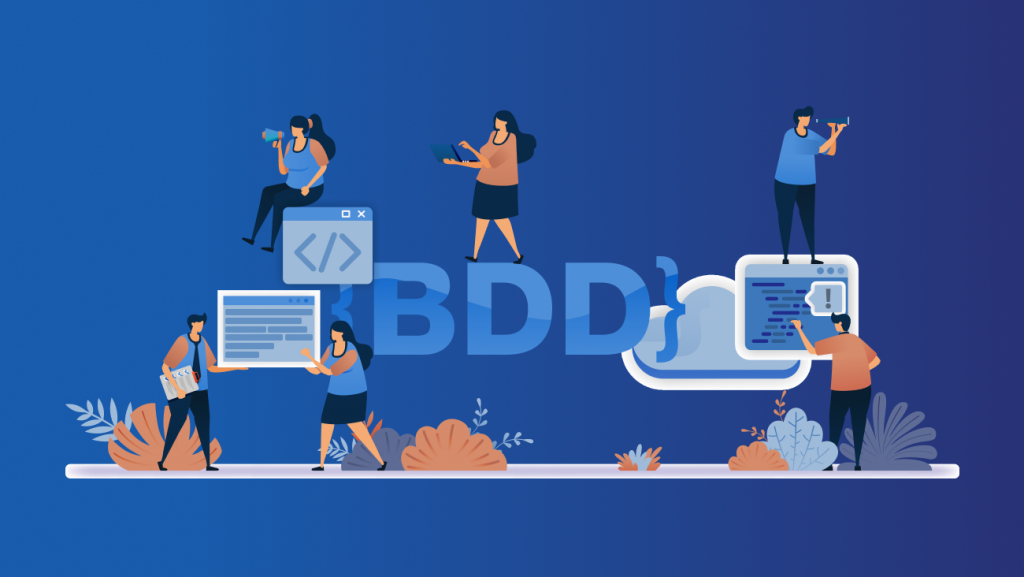
As we delve into the world of BDD testing practices through the SDET Workshop led by Vidal Karan and Oleksii Lavrenin, we invite you to join us on this exciting journey of discovery and growth.
The InRhythm Propel Summit is not just an event; it’s a celebration of our shared commitment to innovation, excellence, and the endless possibilities of technology. Together, we’ll continue to propel forward, embracing the future with open arms and empowered minds.
